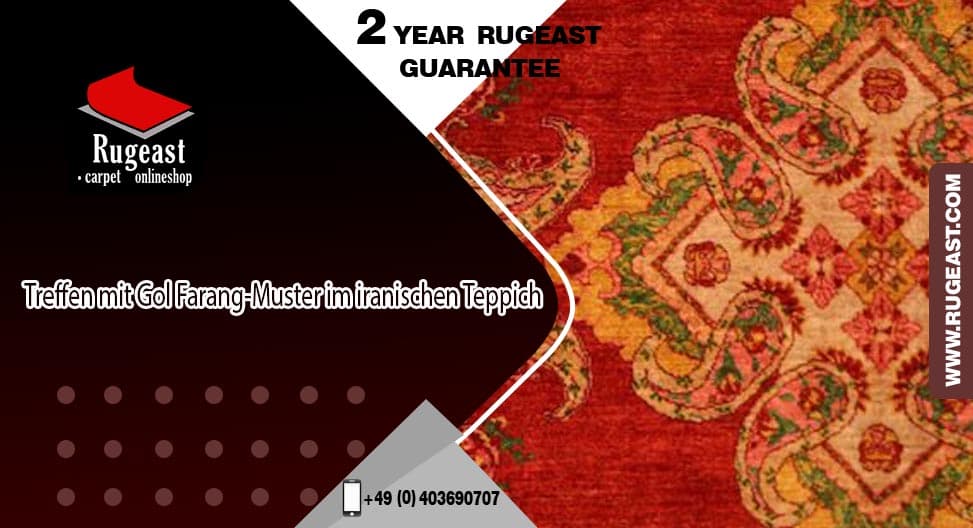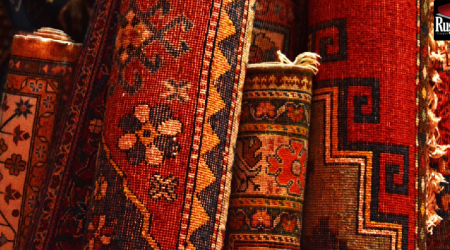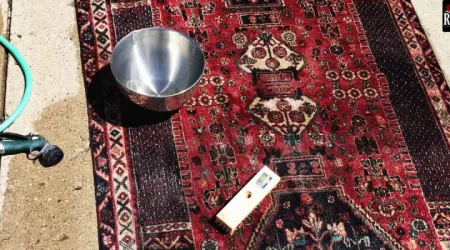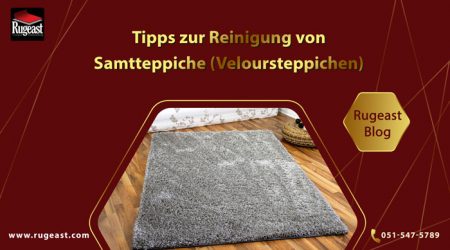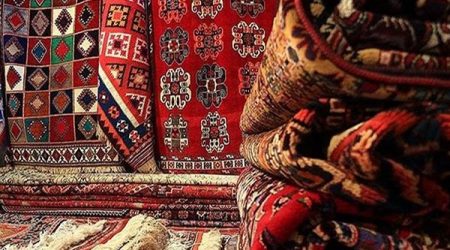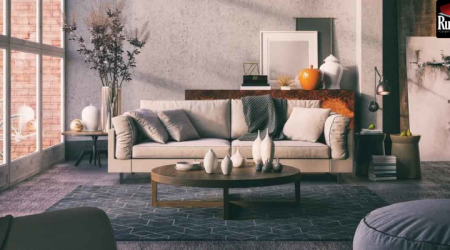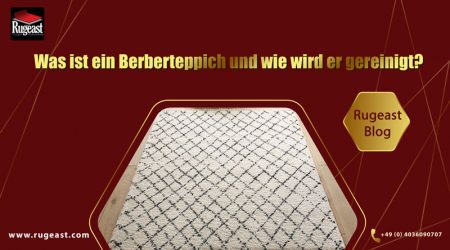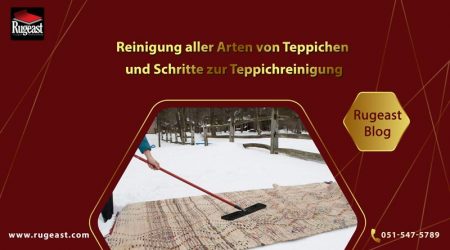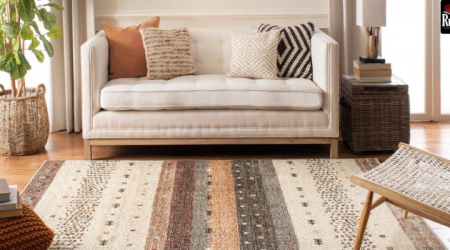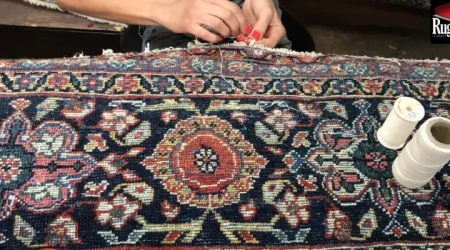Meeting with Gol Farang pattern in Iranian carpet
Iranian handwoven carpets with first-class texture have reserved their place all over the world; Iranians use many designs and patterns to give these carpets more impact, and the design and pattern of farang flower in Iranian carpets is one of these patterns.
This role seems to have involved the mind of the creator to create such a design, and the role was the rose and natural flowers. Farang flower is inspired by authentic Iranian motifs and natural flowers, which makes woven flowers look very natural and vivid.
Gol farang motifs include Afshan Gol Farang, Bijar Gol Farang, Bouquet Gol Farang, Lach and Bergamot Gol Farang and Gol Farang Gol Bebel.
The history of floral design
There is much disagreement about the origin of the plan and the role of Gol Farang. Some believe that the natural imagery for this design originated in the Safavid era and became popular among Iranians 150 years ago during the time of Naser al-Din Shah, when the texture of hand-woven rugs suddenly increased. Some evidence shows that Gol Farang dates back to the Timurid period. Some people have presented miniatures inspired by the rose, and some believe that there were fabrics designed with this motif in the time of al-Boye, but all this is just a theory and the exact date of the emergence of it design is not available.
Golfarang design and pattern features
Iranian carpets are the first word in the world because of the beauty of their designs and patterns, and Gol Farang designs and patterns are among the patterns that have won many fans. The pattern of this design is inspired by natural flowers and the viewer is fascinated by the flowers used in the composition of this design. This design is so beautiful, natural and artistic that it seems as if each carpet flower was naturally arranged and placed on the carpet.
The color combination used in this type of carpet is unique. Bright colors, especially red, make the hand-woven rug with the design and motif of the farang flower shine like the sun. The rosebushes, which played the greatest role in this design, together with various shapes led to the creation of this artistic masterpiece.

